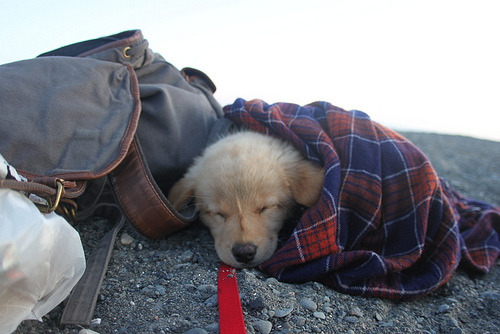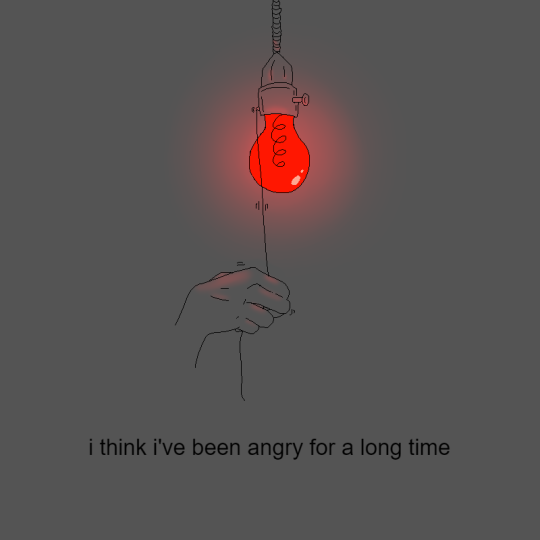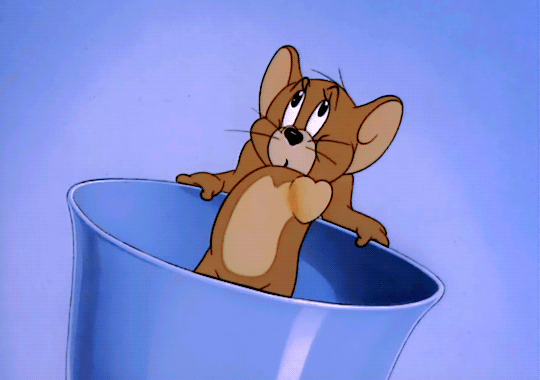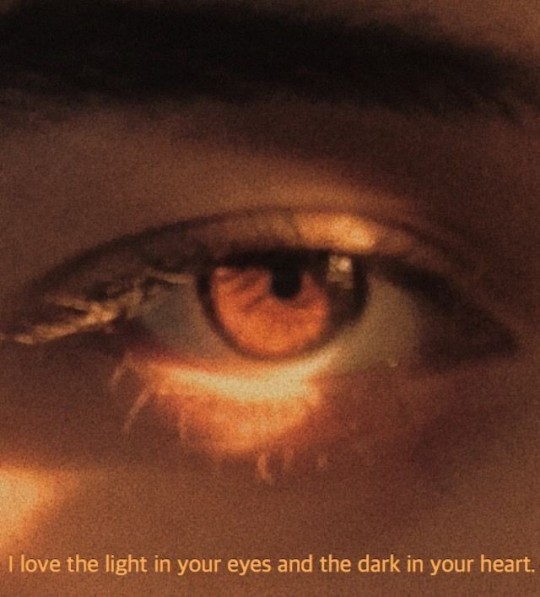Text
senza presunzione
“Questo è il grande problema di coloro che sentono troppo e capiscono troppo: che potremmo essere tante cose, ma la vita è una sola e ci obbliga a essere solo una cosa, quella che gli altri pensano che noi siamo.”
— Antonio Tabucchi
279 notes
·
View notes
Text
So let’s talk about corsets
I’ve been getting stuff together for the 1900-10 Elizabeth Masen’s closet post (which looks like it’ll be three or four posts… *sigh*) This is just as transformative a decade for women’s fashion as 1910-19, in large part due to a major change in corset style.

The decade started out, as you can see on the left, with what’s become known as an S-bend corset. Ironically, this was first called a “Health” corset as it was designed in the late 1800s with an eye to increasing a corseted woman’s ability to breathe–a wide busk went down the center of the of the front to prevent the chest from being too compressed. Unfortunately, this forced the bust forward and the butt backwards (hence the S-bend.) Here’s an example of a fairly mild S-bend corset from 1904:

That gives me a kink in my back just looking at it. And you can see how the straight busk in the front, while probably helping you breathe better, would prevent you from bending forward or getting any kind of relief from the unnatural back bend going on there. Naturally, as with all fashion, some women sought out a more extreme S-bend than others and some women more aggressively corseted themselves than others.
Corseting fashions in the Victorian era and most of the Edwardian were extremely bad for women’s health. In the early 1900s, a Dr. Ludovic O’Followell took x-rays of many corseted women (which he published as Le Corset in 1908), hoping to make clear just how detrimental the current corset designs were to women’s health.

Compare this poor woman’s ribs to this modern x-ray of a woman’s ribs:

The corseted x-ray is a rear view and the modern one is from the front, but it’s still grossly evident how even a “Health” corset (which is what a woman in 1908 would have been wearing) was damaging to a woman’s health. Not only were the ribs forced inward and misshapen, but all the internal organs protected by the ribs were forced upward, putting pressure on the lungs, stomach, and even the heart.
Fortunately, 1908 was significant not only for Dr. O’Followell’s treatise, but for the release of designer Paul Poiret’s Directoire collection. These gowns marked a return to the straighter silhouettes and relative simplicity of the Directoire (late-Georgian and Regency) fashions of a hundred years earlier, and necessitated a drastic change in corset styles. Within a few years, everyone had changed from this (c. 1905):

to this (c. 1910):

While still more corset than I would care to wear (and far more than was worn during the actual Directoire period), you can see how much less restrictive and disfiguring it is.
Oh and lest you think there was ever any public escape from corsetry, there were even corsets to wear beneath your bathing suit (c. 1902):

Even frolicking beside the ocean you couldn’t escape that straight busk in the front.
97 notes
·
View notes
Photo

La Fontana di Trevi
“La Dolce Vita”, Federico Fellini
Marcello Mastroianni e Anita Ekberg
7K notes
·
View notes
Text
Un giorno troverò una parola
che penetri il tuo corpo
e ti fecondi,
che si posi sul tuo seno
come una mano aperta
e chiusa al tempo stesso.
Incontrerò una parola
che trattenga il tuo corpo
e lo faccia girare,
che contenga il tuo corpo
e apra i tuoi occhi
come un dio senza nubi
e usi la tua saliva
e ti pieghi le gambe.
Tu forse non la sentirai
o forse non la capirai.
Non è necessario.
Vagherà dentro di te
come una ruota
fino a percorrerti
da un estremo all’altro,
donna mia e non mia
e non si fermerà
neanche quando tu morirai.
Roberto Juarroz
17 notes
·
View notes
Photo

Salvador Dali
Couple with Their Heads Full of Clouds
(via @lonequixote)
17K notes
·
View notes
Photo


who is who, it can be hard to tell.
(C.B) (2.22.19)
16K notes
·
View notes
Photo






“I stared into her eyes, wide under the thick fringe of lashes, and yearned for sleep. Not for oblivion, as I had before, not to escape boredom, but because I wanted to dream. Maybe, if I could be unconscious, if I could dream, I could live for a few hours in a world where she and I could be together. She dreamed of me. I wanted to dream of her.” -Edward Cullen, Midnight Sun
2K notes
·
View notes


















